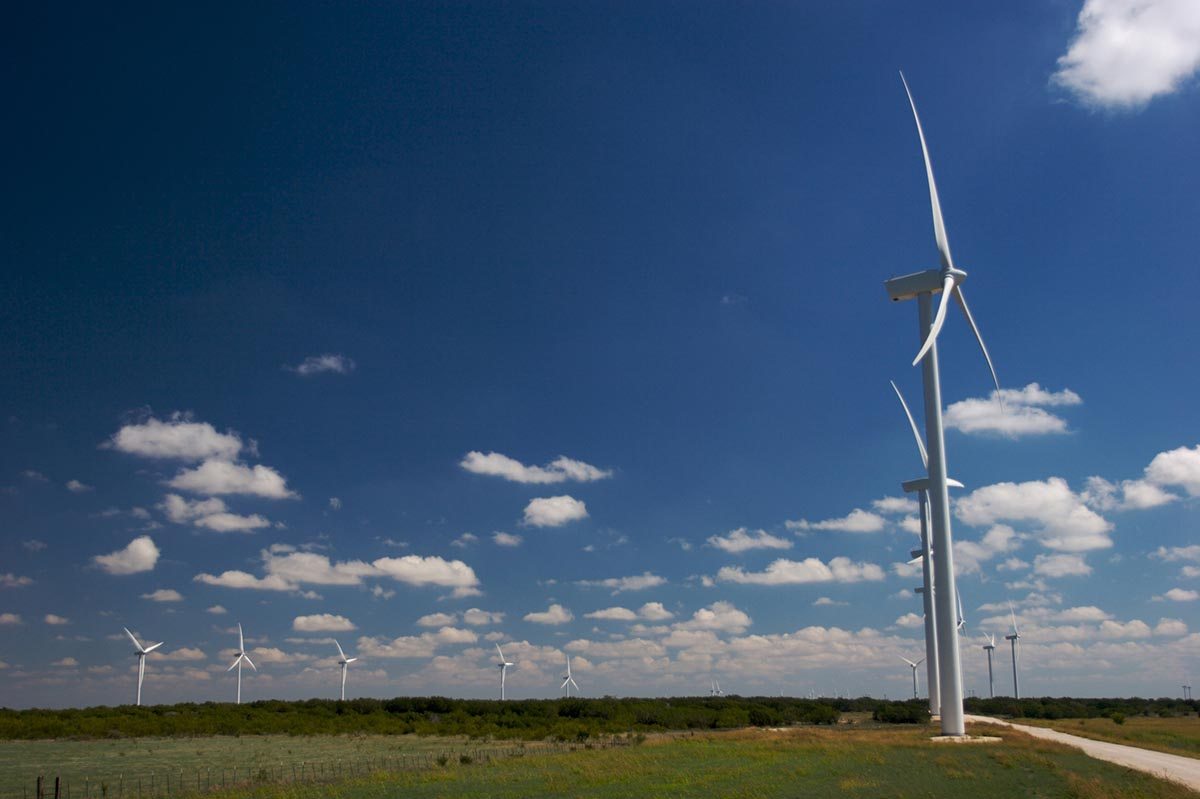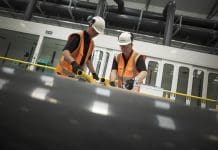European Commissioner for Energy, Günther H. Oettinger details his proposals for the Energy Roadmap 2050 and how it will influence Europe’s energy strategy.
Energy is one of the biggest challenges Europe is confronted with today. While being at the helm of the fight against climate change, our economic competitiveness fully depends on a reliable energy supply at an affordable price. And in turn, this depends on adequate infrastructure. Until the end of the 1990s, boosting demand was more important than energy efficiency and energy suppliers primarily served national markets. From now on, energy systems need to be designed to run on variable renewable and low-carbon fuels at continental level. Is Europe ready and able to take up the challenge? Will Europe be able to reduce greenhouse gas emissions by at least 80% by 2050 and maintain competitiveness? The European Commission launched the debate with the publication of the Energy Roadmap 2050.
What does the Energy Roadmap 2050 say?
Through an analysis based on scenarios, the Roadmap 2050 indicates possible pathways to achieve the decarbonisation of the EU energy system. The purpose is not of choosing one over another, rather of identifying the common emerging elements that support long-term approaches to investments.
The real world will never look like these models, but the conclusions drawn from them give fundamental signals for our future policy.
The main conclusion of the Roadmap is simple: transformation of the energy system is technically and economically feasible – if we make the right choices.
Five key lessons can guide us in making the policy choices to shift our energy system towards a more sustainable future.
(1) Energy savings are crucial
There is a vast amount of untapped potential to save energy. Significant energy savings would need to be achieved in all decarbonisation scenarios. Primary energy demand drops in a range of 16% to 20% by 2030 and 32% to 41% by 2050, as compared to peaks in 2005-2006. Thus, energy efficiency is crucial for the energy system transformation – at the stages of production, supply and end use. To this end, the EU has adopted a new energy efficiency directive which obliges Member States to implement binding measures such as an obligation scheme for energy companies to cut down energy consumption at customer level, and an obligation for Member States to renovate annually 3% of the central government’s building.
It also encourages energy audits for SMEs and an obligation for large companies to assess their energy saving possibilities.
But we must be more ambitious. In the long-run, higher energy efficiency in new and existing buildings is crucial. Nearly zero energy buildings should become the norm. Products and appliances should fulfil the highest energy efficiency standards. In transport, efficient vehicles and incentives for behavioural change are needed. All this requires more action both at EU and Member State level.
(2) The share of renewables rises substantially
The analysis shows that the biggest share of energy supply technologies in 2050 comes from renewables. In 2030, all decarbonisation scenarios suggest growing shares of renewables of around 30% in gross final energy consumption. In 2050, renewables will achieve at least 55%, up 45 percentage points from today’s level. This is both a huge change and a challenge. Renewables will play a central role in Europe’s energy mix, from technology development to mass production and deployment, from small-scale to large-scale, from subsidised to competitive. All these shifts require parallel changes in policy. Incentives in the future have to become more efficient, create economies of scale, and lead to more market integration.
(3) Building the necessary infrastructure is key
With electricity trade and renewables’ penetration growing up to 2050 under almost any scenario, adequate infrastructure at distribution, interconnection, and long-distance transmission levels becomes a matter of urgency. The existence of adequate infrastructure is a condition sine qua non. In the long-run, the extension of the current planning methods to a fully integrated network planning for transmission, distribution, storage and electricity highways looking at a potentially longer timeframe will be needed. And above all, we need to develop more intelligent electricity grids, able to deal with variable generation from many distributed sources, allowing for new ways to manage electricity demand and supply.
(4) The European energy markets needs to be fully integrated
A European market offers the right scale to assure access to resources and to provide the huge investments needed. The single energy market must be fully integrated by 2014. An additional challenge is the need for flexible resources in the power system, as there will be more variable renewables. Access to flexible supplies of all types (e.g. demand management, storage and flexible back-up power plants) has to be ensured. Another challenge is the impact of renewable generation on the wholesale market prices. Whatever the answer, it is important that market arrangements offer cost-effective solutions to these challenges. The cross-border impact on the internal market deserves renewed attention. Now more than ever, coordination is required. Energy policy developments need to take full account of how each national system is affected by decisions in neighbouring countries.
(5) Investing in low-carbon technologies
Carbon pricing can provide an incentive for deployment of efficient, low-carbon technologies across Europe. The ETS is a necessary condition for the energy system transformation, but it is not sufficient. Higher public and private investments in R&D and technological innovation are also crucial in speeding up the commercialisation and the modernisation of all low-carbon solutions, whatever the sources are. In particular, Europe will certainly have to develop further Carbon Capture and Storage (CCS) from around 2030 onwards in the power sector in order to reach the decarbonisation targets.
New opportunities for Europe
Indeed, it is cheaper and easier for Europe to work together. The European market gives us the chance to make economies of scale and speed up new markets for low-carbon technologies. Between now and 2050, there must be a wide-scale replacement of infrastructure and appliances throughout the economy, including consumer goods in people’s homes. Modernising the energy system will bring high levels of investment into the European economy. It can bring more jobs, more quality of life, and more growth. Decarbonisation can also be an advantage for Europe, placing itself as an early mover in the growing global market for energy-related goods and services. Energy system transformation also helps to reduce import dependency and exposure to the volatility of fossil fuel prices.
The Way forward
At EU level, we had set ourselves three targets for 2020 – a 20% share of energy from renewable sources, a 20% increase in energy efficiency and a 20% cut in CO2 emissions compared to 1990 levels. Now, in 2013 we must look beyond this date and reflect what should happen in 2030. This is why we launched a consultation before coming forward with concrete proposals. We have to decide which climate and energy targets will be set, whether they are technology-specific, mandating a certain proportion of renewables for example, or if they shall be general emissions targets requiring Member States to curb their CO2 output using the technology they prefer. We must soon decide on the 2030 framework to allow Member States to prepare and to give certainty to investors in industry – because for investors, 2030 is already tomorrow.
Günther H. Oettinger
European Commissioner for Energy
Tel: +32 (0)2 298 20 25

















